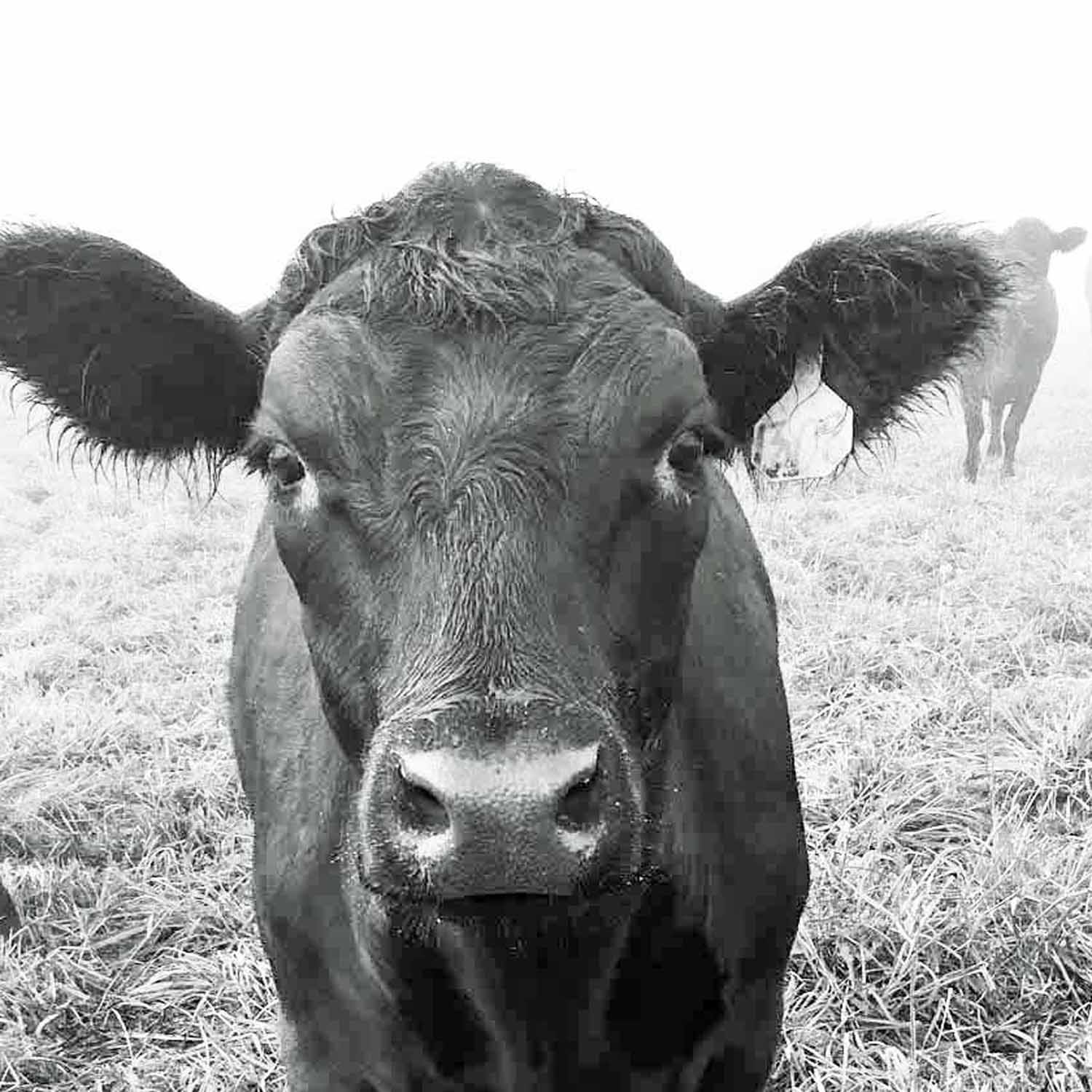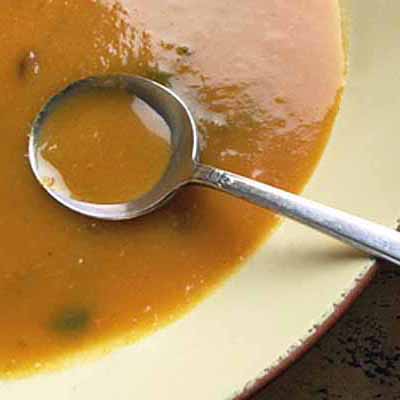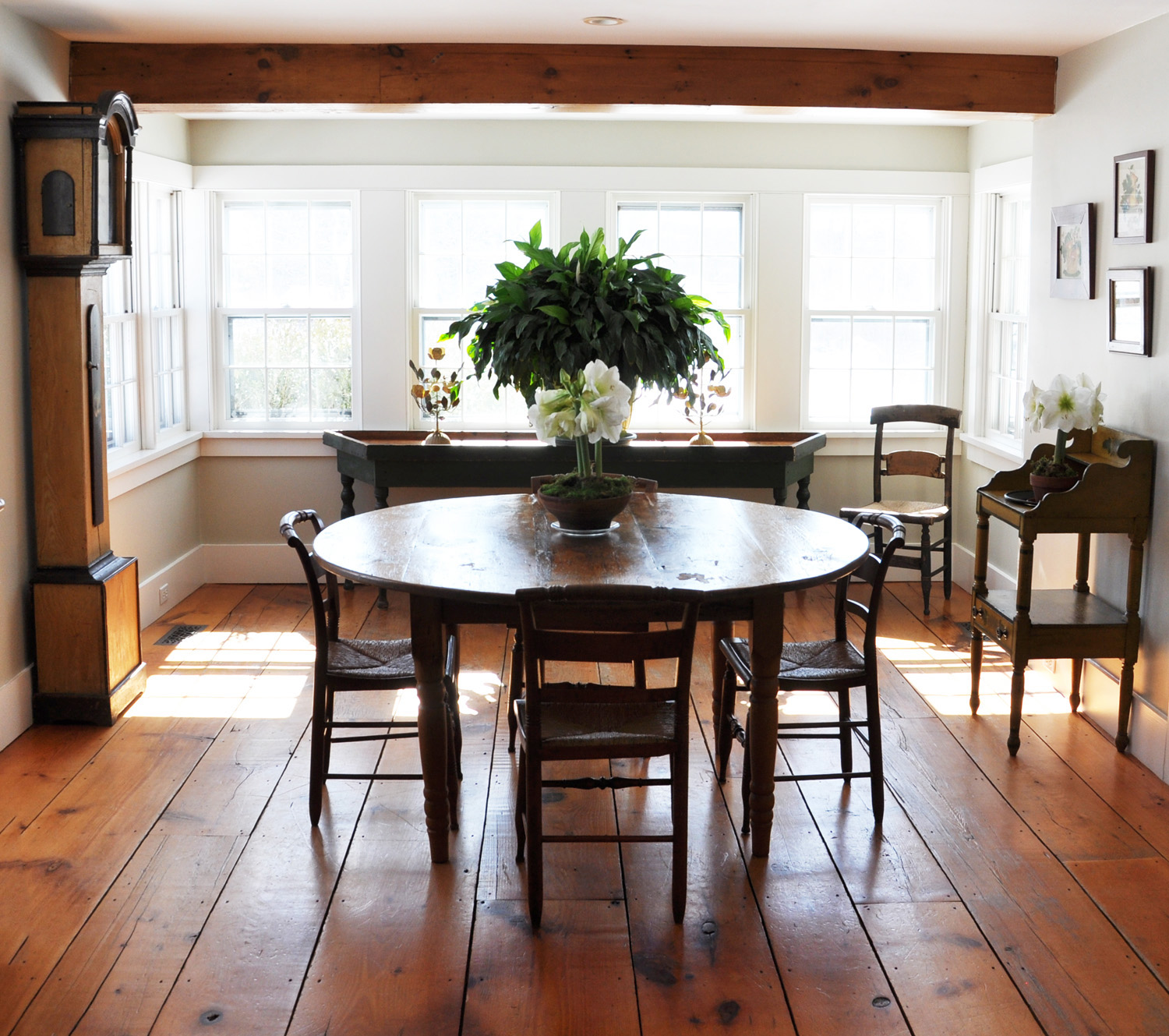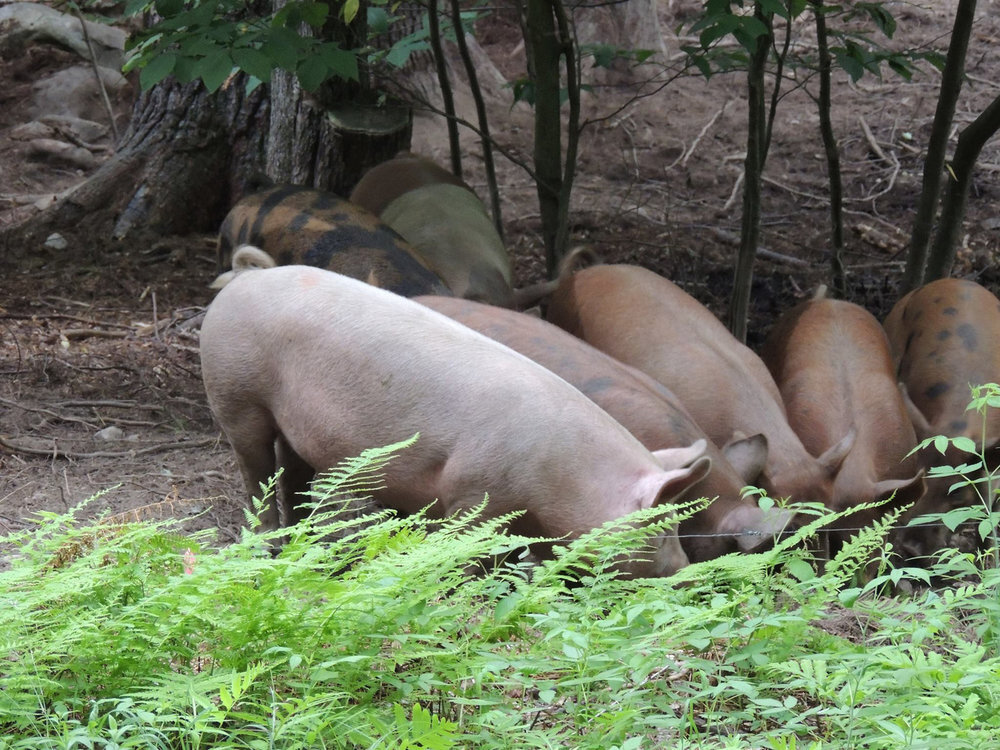Amy Cotler (www.amycotler.com) brings 3 decades as a culinary professional and farm to table advocate to her books and other offerings. She is the founding director of Berkshire Grown, which became an early model for local farm and food advocacy. SEE MORE INTERVIEWS WITH AMY COTLER HERE.
BUTTERNUT SQUASH - WINTER'S GOLD
WINTER'S GOLD By Amy Cotler Inexpensive and easy to spot, butternut is shaped like an elongated pear with beige skin and orange flesh. For the best buttternut — and to support your regional farmers — be sure to ferret out a fresh locally grown crop, rather than whole or cut and plastic-sealed squash from afar. That shouldn’t be tough; I'm thrilled to see the surge in winter farmers markets and CSAs, where butternut abounds. And, sometimes supermarkets stock regional butternut as well. (Just be sure check the label or ask where it comes from.) It’s impressive to grow, but bear in mind that it takes up lots of space in an urban garden!
I’m dazzled by butternut’s culinary possibilities. And by following simple techniques and flavoring suggestions, you’re ready to cook it up numerous ways, with and without recipes.
Let’s begin. I especially enjoy roasting it whole to avoid peeling and cutting, then scooping out its aromatic orange flesh to cook into a variety of dishes, including the soup here. Just puree it in a food processor or mash before using. It’s fabulous simply mashed like potatoes, with butter and a touch of ginger, cayenne or cinnamon or as a vegetarian pate, blended with plenty of butter and a touch of fresh sage. Pureed butternut is also the locavore’s substitute for canned pumpkin puree in baked dishes. Adapt any pumpkin recipe using the puree. My two favorites are Butternut Squash-Cranberry Muffins and Squash Pie with Ginger Snap Crust. (Butternut may vary in texture, so if your puree is not thick, just drain a bit in a colander before using, or use the necks, which yield a thicker puree.)
Cubed butternut is just as versatile as roasted puree. To cube: peel and half or quarter the squash, preferably with a large shape knife, and scrape out the seeds and fibrous innards using a spoon. Voila, you’re ready to dice the butternut into long strips and then across them into cubes.
I also like cheering up chili or stew with bright orange butternut cubes. Just drop them into simmer until soft but not mushy. Or stir little cubes into a half cooked risotto, then finish it up. (I like regional shiitake mushrooms and leeks in this too.) Or roast cubes by tossing them lightly with olive oil with a touch of cayenne pepper and minced garlic, adding herbs or onion if you like. Roast them in a single layer, either solo or with winter vegetables, at 400 degrees until cooked through.
And there’s sweet squash— an American classic. While working on a farm-to- school project, I found that kids had no trouble eating their vegetables with this sweet butternut recipe. Just toss local butternut cubes in melted butter, maple syrup andpumpkin pie spices to coat, and roasted them as above. What a hit!
For a nutty snack or garnish you don’t want to forget butternut’s seeds. After scraping them out, make sure to remove any squash fiber from the seeds. Rinse and dry them, then roast in a skillet, dry or with a touch of oil, stirring occasionally until crunchy, then add salt to taste.
After feasting on summer and fall bounty, Mother Nature sent us a bonus — butternut — something to look forward to.
BUTTERNUT GINGER SOUP The ideal winter locavore’s feast, I especially love the contrast of sweet butternut and fiery ginger and cayenne. Be sure to use regional butternut, maple syrup and, if you are using it, cream. Serves 4-6
One 3-pound butternut squash
2 leeks, whites only, chopped
1-1/2 tablespoons chopped or coarsely grated ginger
1/2 teaspoon nutmeg
2 tablespoons unsalted butter
About 5 cups chicken or vegetable broth
Salt to taste
A generous pinch of cayenne or more totaste
1-3 tablespoons maple syrup
About 1/3 cup heavy cream or coconut milk
1. Preheat oven to 400°. Pierce the butternut a few times with a knife. Roast it, whole and uncut, on a baking sheet until it can be pierced through easily with a knife, about 1 hour.
2. While the squash is cooking, melt the butter in a skillet. Cook the leeks, ginger and nutmeg in the butter, over a low heat, stirring occasionally, until the leeks are tender but not brown, about 5 minutes. Puree in the food processor until very smooth, scraping it down and adding a little of the broth, if necessary. Add to a medium pot.
3. When the butternut is cooked, slice it in half lengthwise, then spoon out the fibrous pulp and discard, reserving the seeds, if you want to toast them later. Discard the skin. Puree the orange flesh in the food processor, until smooth, adding as much broth as necessary.
4. Remove about 1/4 cup of the puree to glass measuring cup or microwave proof bowl for garnish. Mix it with about 1/4 cup water and salt to taste. Reserve. Stir the remaining butternut puree into the leek mixture.
Cook’s aids: I like this soup served in little espresso cups, as well, served as a“soup shot” for a starter or appetizer. If you puree the leeks and butternut together but don’t add the broth in step #5, it makes an excellent vegetable side dish. To give the soup restaurant-like smoothness, press it through a sieve, but it’s fine as is.
5. Add broth to the pot until it is the texture of a thick soup. Season with salt, if needed, as well as cayenne pepper and maple syrup to taste. (It should have a little kick.) Simmer, but do not boil, for about 15 minutes to marry the flavors.
6. To serve, heat the butternut-broth garnish in the microwave briefly until warm. Ladle the soup into warm bowls. Drizzle butternut-broth garnish and then the cream or coconut milk into eachbowl of soup. Serve immediately.
Note: If you want to keep the seeds, they’re tasty toasted. Remove the seeds from the fun slimy stuff. Rinse and dry. Toast in a tiny bit of oil in a skillet, over medium heat, shaking frequently, until crisp, about 5 minutes. Salt to taste.















